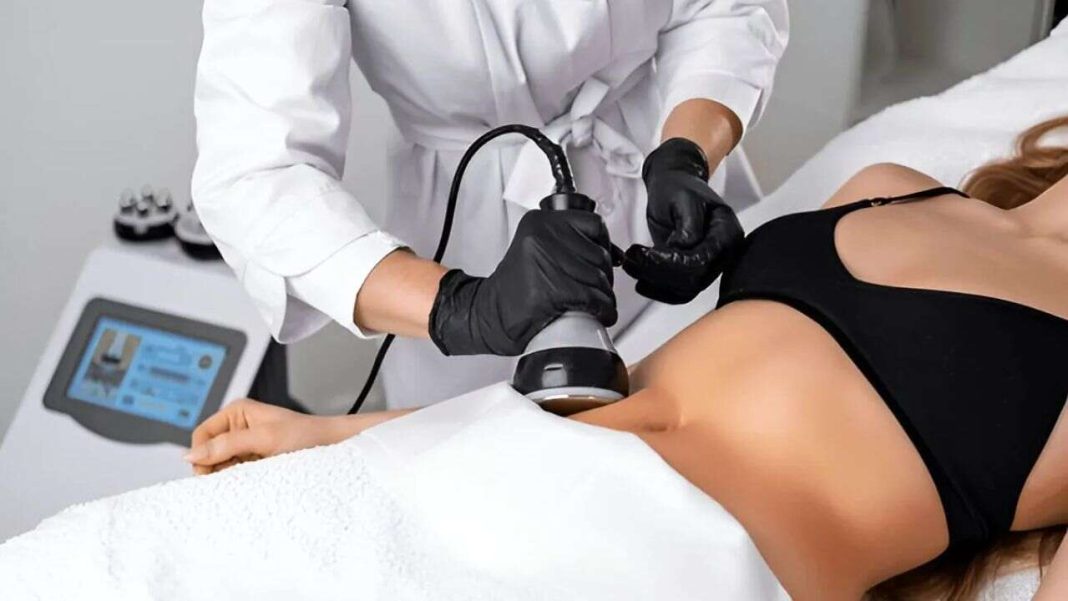In recent years, body sculpting treatments have become popular, promising to reshape bodies, eliminate stubborn fat, and enhance physical appearance without invasive surgery. From celebrities flaunting toned physiques to social media influencers promoting sleek contours, the allure of non-surgical body sculpting has captivated a global audience. But what exactly are these treatments, why are they trending, and do they live up to the hype? This article explores the rising trends in body sculpting, the technologies behind them, and the truth about their effectiveness, safety, and limitations.
The Rise of Body Sculpting Treatments
Body sculpting, or contouring, refers to non-invasive or minimally invasive procedures designed to reduce fat, tighten skin, or enhance muscle definition. Unlike traditional liposuction, which requires surgery and downtime, these treatments appeal to those seeking quick, convenient solutions with minimal recovery. The global body sculpting market, valued at over $3 billion in 2023, is projected to grow significantly, driven by increasing demand for aesthetic procedures, technological advancements, and a cultural emphasis on fitness and appearance.
Several factors contribute to the trend. First, social media platforms like Instagram and TikTok have amplified the visibility of sculpted bodies, creating a desire for similar results. Second, the rise of wellness culture has shifted focus toward non-invasive health and beauty solutions. Finally, technological innovations have made treatments more accessible, effective, and affordable, appealing to a broader demographic, including younger adults and men.
Popular Body Sculpting Technologies
The body sculpting industry offers a variety of treatments, each leveraging different mechanisms to target fat, skin, or muscle. Here are the most prominent technologies driving the trend:
Cryolipolysis (Fat Freezing): Popularized by brands like CoolSculpting, cryolipolysis uses controlled cooling to freeze and destroy fat cells, which the body eliminates naturally. It’s commonly used on the abdomen, thighs, and love handles. Sessions last about 35–60 minutes, with results visible after 2–3 months.
Radiofrequency (RF) Treatments: RF devices like Vanquish or truSculpt use heat to target fat cells and stimulate collagen production for skin tightening. These treatments are versatile, addressing fat reduction and skin laxity, and are often used on the abdomen, arms, or neck.
High-Intensity Focused Electromagnetic (HIFEM) Technology: Devices like Emsculpt use electromagnetic energy to induce powerful muscle contractions, simultaneously building muscle and burning fat. This treatment is popular for sculpting abs, buttocks, and thighs, appealing to those seeking a toned, athletic look.
Laser Lipolysis: Technologies like SculpSure use laser energy to heat and destroy fat cells. This method is precise and effective for smaller areas, with minimal discomfort and no downtime.
Ultrasound-Based Treatments: Devices like UltraShape use focused ultrasound waves to break down fat cells. These treatments are painless and target specific areas without affecting surrounding tissues.
The Truth About Effectiveness
Body sculpting treatments are not magic bullets but can deliver noticeable results under the right conditions. Most procedures are FDA-cleared and backed by clinical studies showing 20–25% fat reduction in treated areas after one or two sessions. For example, CoolSculpting studies report an average fat layer reduction of 22% after three months, while Emsculpt can increase muscle thickness by 16% and reduce fat by 19% after four sessions.
However, results vary based on factors like body type, lifestyle, and the area treated. These treatments work best for those close to their ideal weight with localized fat deposits, not as a solution for significant weight loss or obesity. Maintenance is also key—while fat cells are permanently destroyed, remaining cells can expand if a healthy diet and exercise are neglected.
Safety and Side Effects
Body sculpting is generally safe when performed by trained professionals using FDA-approved devices. Side effects are typically mild, including temporary redness, swelling, or numbness in the treated area. Cryolipolysis may cause paradoxical adipose hyperplasia (PAH), a rare condition where fat tissue grows instead of shrinking, though this occurs in less than 0.1% of cases. RF and laser treatments carry a small risk of burns if improperly administered.
Choosing a reputable provider is critical. Unqualified practitioners or unregulated devices can lead to complications, including uneven results or skin damage. Patients should verify credentials, ask about device certifications, and review before-and-after photos of previous clients.
Limitations and Realistic Expectations
Despite their popularity, body sculpting treatments have limitations. They are not substitutes for weight loss or a healthy lifestyle. Results are gradual, often requiring multiple sessions costing $500–$3,000 depending on the treatment and area. Not everyone is a candidate—those with certain medical conditions, like cryoglobulinemia or pacemakers, may be ineligible for specific procedures.
Moreover, body sculpting doesn’t always effectively address loose skin or cellulite. Surgical options like tummy tucks may be more appropriate for significant skin laxity. Setting realistic expectations is crucial; while treatments can enhance contours, they won’t transform a body overnight or replicate the effects of intense workouts.
The Future of Body Sculpting
The body sculpting industry shows no signs of slowing down. Emerging technologies, such as injectable fat-dissolving compounds and advanced muscle-stimulation devices, promise even more precise and efficient results. Combination therapies—pairing fat reduction with skin tightening or muscle building—also gain traction, offering comprehensive solutions in fewer sessions.
Sustainability is another focus, with companies developing eco-friendly devices and protocols to reduce energy consumption. Additionally, increased regulation and standardization are expected to enhance safety and consumer trust as the market grows.
Conclusion
Body sculpting treatments represent a dynamic and evolving segment of the aesthetic industry, offering non-invasive options for those seeking to refine their physique. Their rise reflects a cultural shift toward prioritizing appearance and wellness, fueled by technological advancements and social media influence. While effective for targeted fat reduction and muscle enhancement, these treatments are not one-size-fits-all solutions. By understanding their benefits, limitations, and safety considerations, consumers can make informed decisions and achieve results that align with their goals. As the industry continues to innovate, body sculpting is poised to remain a cornerstone of modern aesthetics, blending science, beauty, and self-confidence.


